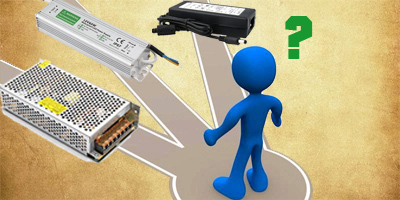
The led strips operate at low voltage, i.e. 12V or 24V.
It is obviously out of the question to connect them directly to the 220V mains!
A transformer must be inserted between the mains and the led strips.
What voltage?
Choosing the output voltage is simple: 12V for a 12V headband, and 24V for a 24V headband.
- If a 12V power supply is used on a 24V strip, the latter will only light up very dimly or not at all depending on the model. The headband will not be damaged.
- If a 24V power supply is used on a 12V strip, the leds will burn out very quickly, rendering the strip useless.
What waterproofing?
Most power supplies are not waterproof. They should be placed indoors, away from water and excessive humidity.
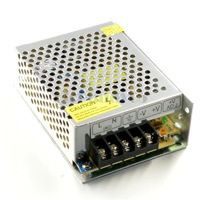
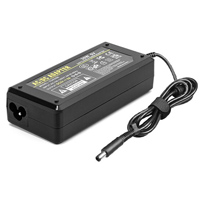
Some transformers are IP67 waterproof and can be installed outdoors since they are designed to withstand the elements.
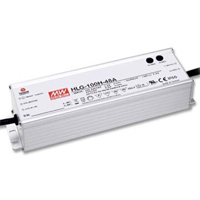
Finally, submersible power supplies (IP68) can be immersed in water. Note that their use in swimming pools or jacuzzis is strictly prohibited for obvious safety reasons.
For a swimming pool, the power supplies are very generally placed in the technical room, from which the low voltage cables will be drawn to supply the LED strips.
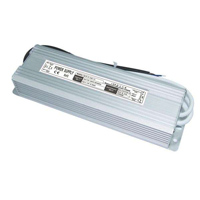
What type of connection?
Small transformers usually come with a standard power outlet. They can be plugged directly into a wall outlet.
Medium and high-power power supplies are fitted with terminal blocks to which the 3 mains wires will be connected directly:
- Brown wire (phase) on terminal block L
- Blue wire (neutral) on terminal block N
- Yellow and green wire (earth) on Earth terminal block
Grounding is mandatory.
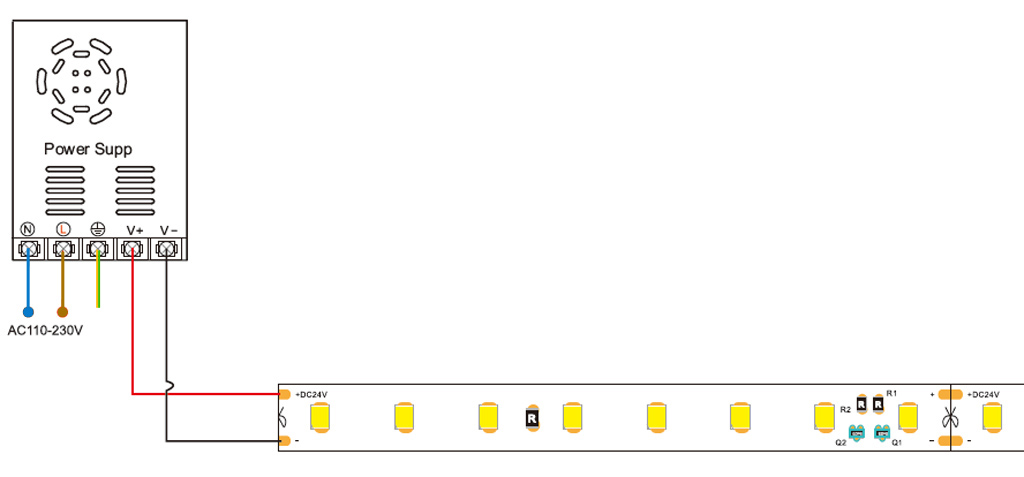
What power?
The power of a power supply is a fundamental criterion since it will be calculated according to the total power of the lighting that you will put behind.
Each product sheet on our site offers a power supply (composition of a complete kit) for a 5-meter reel.
If you plan a longer length of ribbon, then you will have to calculate its total power.
Each led strip model has its own power consumption. You will find the consumption per meter in the table of technical characteristics in the product sheet:
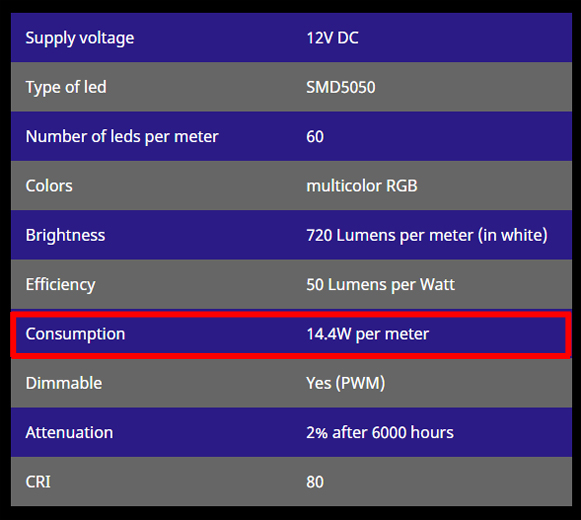
The calculation is simple: multiply the number of meters by the consumption of the ribbon.
For example, for 10 meters of led strips, 10 x 14.4 = 144W.
This is the power that will be consumed by your lighting. However, a power supply should never be used at its maximum power as this will significantly reduce its lifespan.
It is therefore appropriate to apply a ratio of 1.3 to add 30% operating margin. The power unit will thus operate at nominal value, without fatigue. Its life will then be greatly extended.
If we go back to our previous example, 144W x 1.3 = 187W.
A power supply of 185W or more will be totally suitable for your lighting project.
Oversized power supply - An impact on consumption?
Here is a question asked by some customers that comes up regularly:
If I take a power supply much more powerful than that of my lighting, will my electricity consumption be higher?
It is time to dispel the doubt once and for all on this question. The answer is No!. Even with a super powerful power supply, the power consumption will remain the same as your lighting.
On the other hand, if you use an undersized power supply, the transformer will wear out very quickly and your lighting will only work for a few hours.
